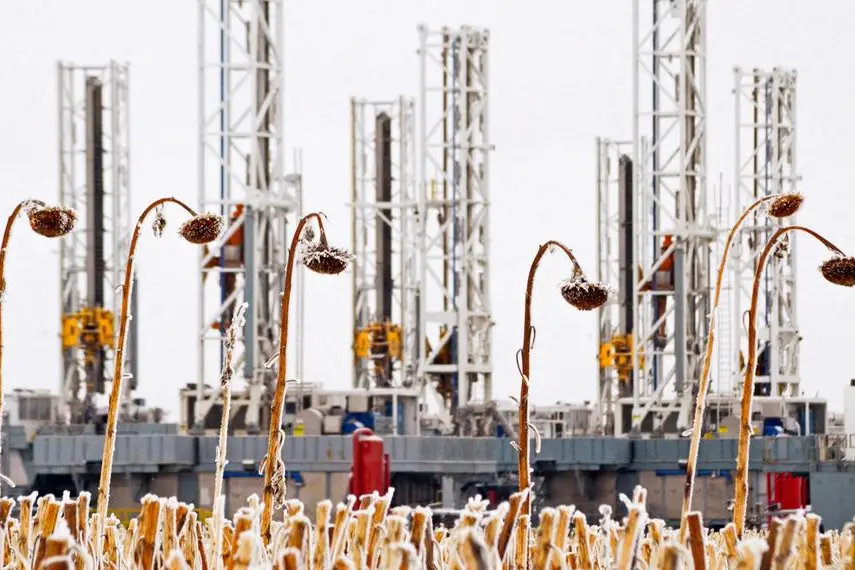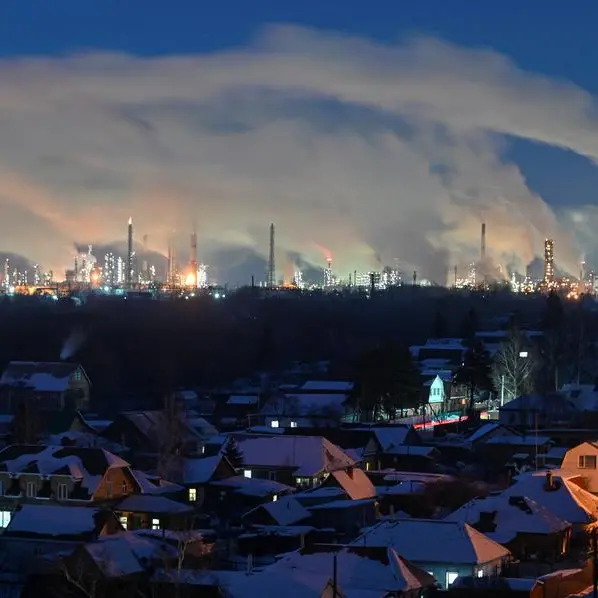PHOTO
LONDON - U.S. production of oil and gas set new seasonal records in December, capping off an unprecedented year, according to data published by the U.S. Energy Information Administration (EIA) on Thursday.
Production continued to climb even as prices slumped from the very high levels seen in mid-2022 after Russia’s invasion of Ukraine, contributing to the accumulation of inventories.
On the oil side, total production of crude and condensates increased to 413 million barrels in December from 376 million in the final month of 2022 (“Petroleum supply monthly”, EIA, Feb. 29, 2024).
Production was running at 13.3 million barrels per day (b/d) in December, an increase of 1.2 million b/d (10%) from a year earlier.
The prior-year comparison was flattered by the extreme cold which caused widespread well freeze offs and a brief but sharp drop in production in late December 2022.
For the year as a whole, however, output increased to 4,721 million barrels in 2023, up from 4,347 million in 2022, and had doubled since 2012.
Chartbook: U.S. oil and gas production
Inflation-adjusted front-month U.S. crude futures averaged $72 per barrel (44th percentile for all months since 2000) in December, down from a recent high of $121 (82nd percentile) in June 2022.
Oil-directed drilling has slowed in line with the fall in prices, with a delay of around five months, which is typical given the time taken for part-drilled wells to be completed and rig hire contracts to expire.
The number of rigs drilling for oil averaged 501 in December, down from 623 in December 2022, according to oilfield services company Baker Hughes.
But there was no comparable downturn in output as rigs boosted efficiency by concentrating on only the most promising sites and crews streamlined the drilling process.
Horizontal well sections became even longer, maximising contact with the reservoir and allowing more oil to be recovered from each well.
In the short term, the U.S. oil industry has become adept at producing more oil, at lower prices, with fewer drilling crews.
In the medium term, it is unclear if the industry can continue raising efficiency at the same rate or whether further output growth will depend on higher prices.
If production is already starting to flatten out in response to lower prices, the evidence remains inconclusive so far.
U.S. GAS PRODUCTION
Dry gas production climbed to a seasonal record of 3,300 billion cubic feet (bcf) in December from 3,107 bcf a year earlier (“Natural gas monthly”, EIA, Feb. 29, 2024).
For the year as a whole, production hit a record 37,883 bcf, up from 36,353 bcf in 2022, and had doubled since 2006.
Inflation-adjusted futures prices slumped to $2.55 per million British thermal units (4th percentile for all months since the start of the century) in December.
Prices have since fallen to an average of just $1.80 last month, the lowest in real terms since at least 1990, when the futures contract started trading.
As with oil, the number of rigs has fallen, but there has been no decline in production, leaving the market persistently oversupplied.
The number of rigs drilling for gas averaged 119 in December, down from an average of 162 in September 2022, the recent peak.
But production has continued to climb for the same reasons as oil – concentration on the most promising sites, streamlined work practices and longer well laterals.
Output has also continued to rise because lots of gas is recovered as a co-product from new and ageing oil wells.
Production has risen much faster than domestic and export demand, causing a huge accumulation of inventories and intensifying the downward pressure on prices.
Working gas stocks in underground storage were 461 bcf (+24% or +1.25 standard deviations) above the long-term average on Feb. 23.
The surplus has swelled from 64 bcf (2% or +0.24 standard deviations) at the start of the heating season on Oct. 1.
Strong El Nino conditions in the Pacific have resulted in a much warmer than average winter across the northern United States, cutting gas consumption.
But persistent over-production and the delayed response to falling prices has turned a warm winter into a prodigious glut of gas.
John Kemp is a Reuters market analyst. The views expressed are his own. Follow his commentary on X https://twitter.com/JKempEnergy
(Editing by Kirsten Donovan)












